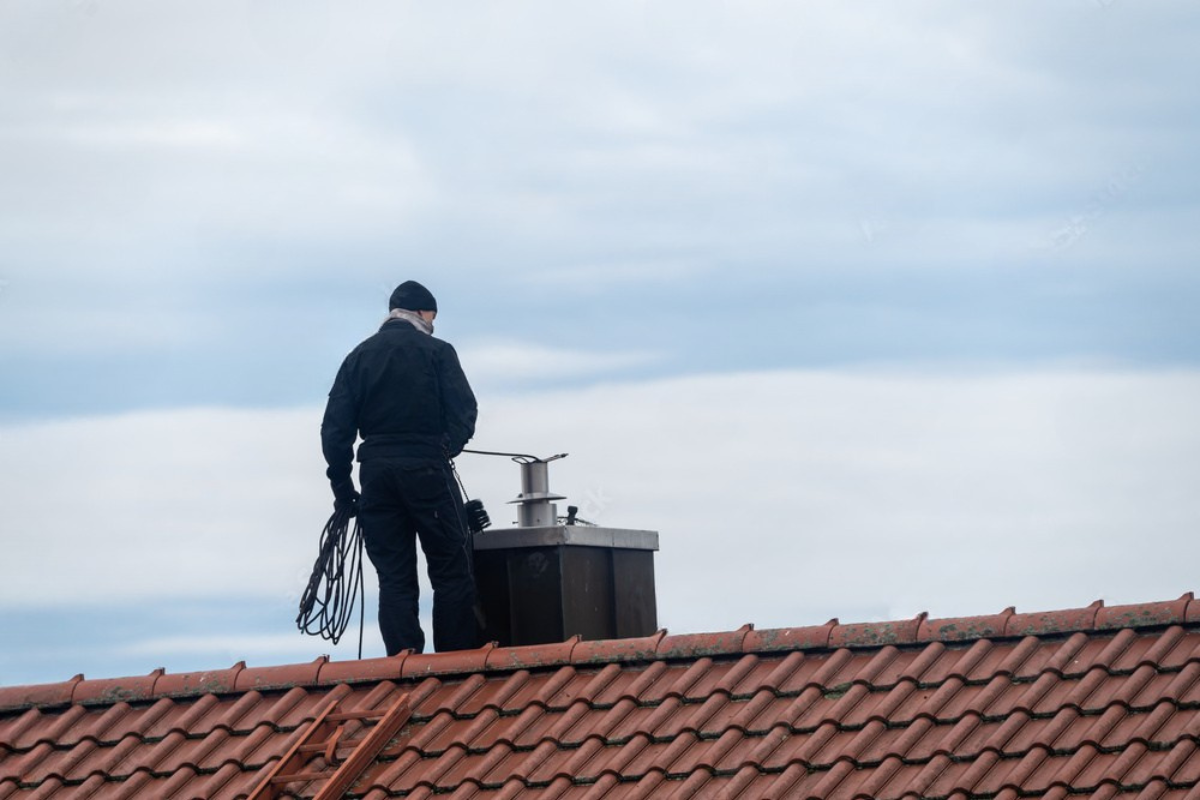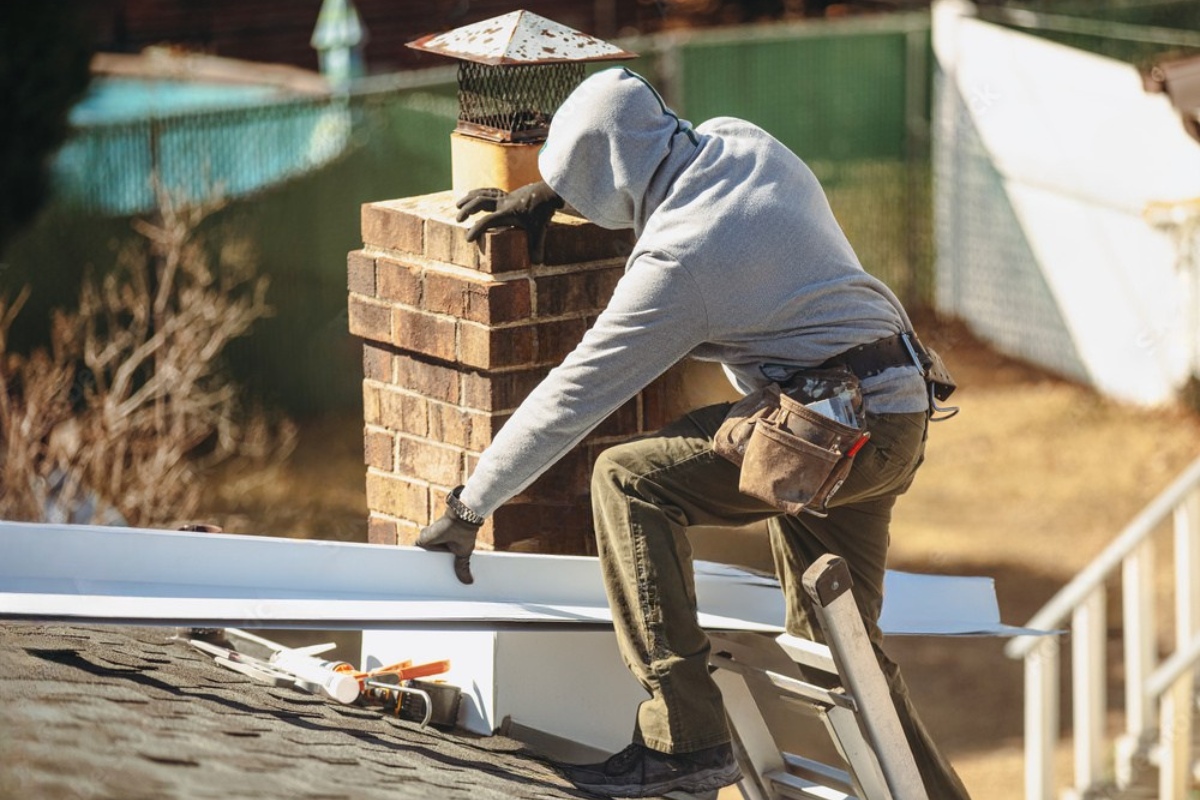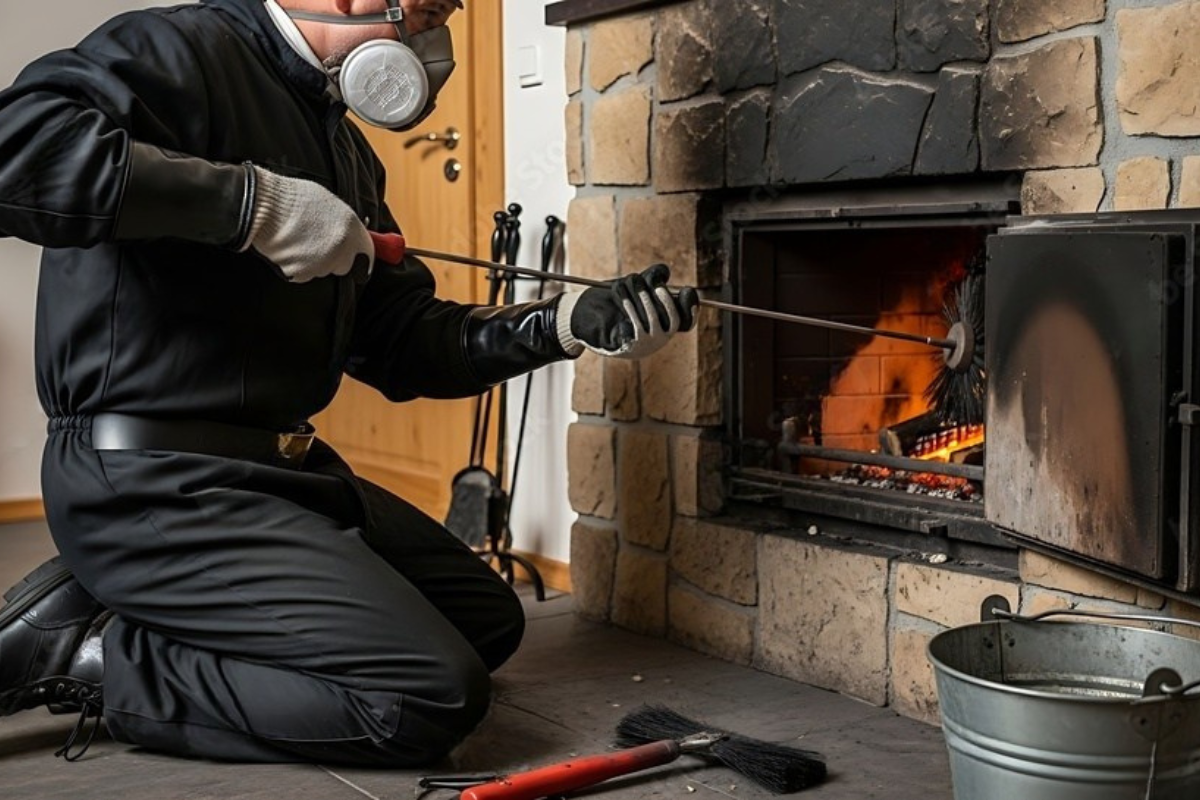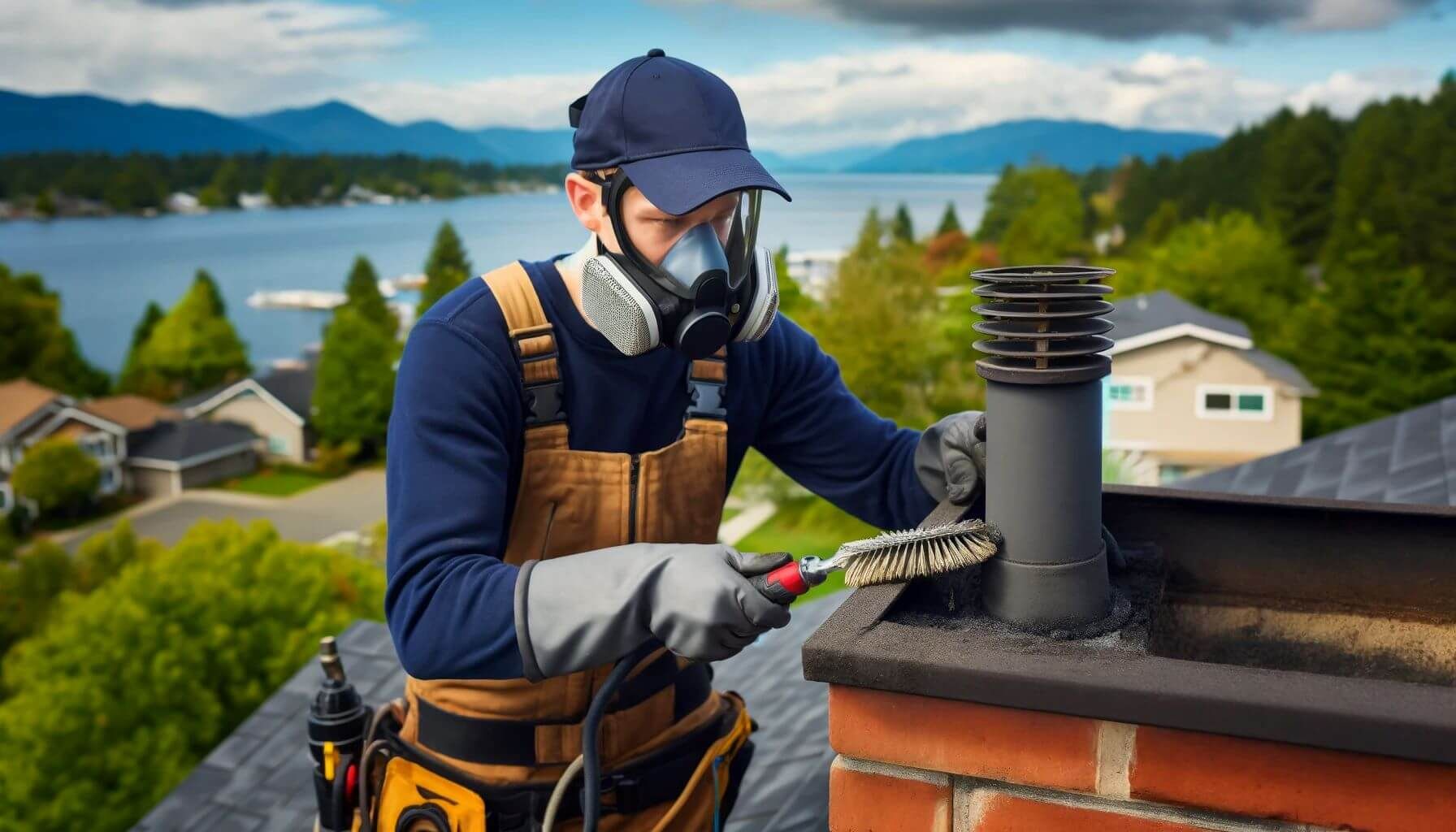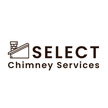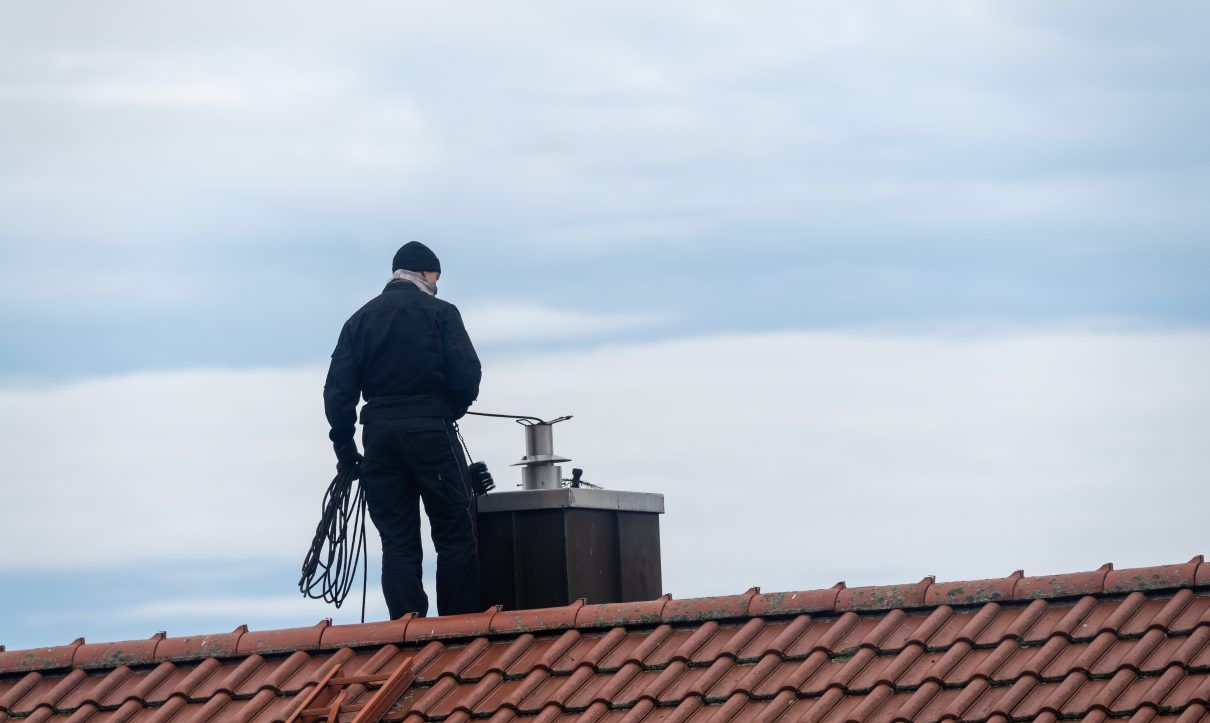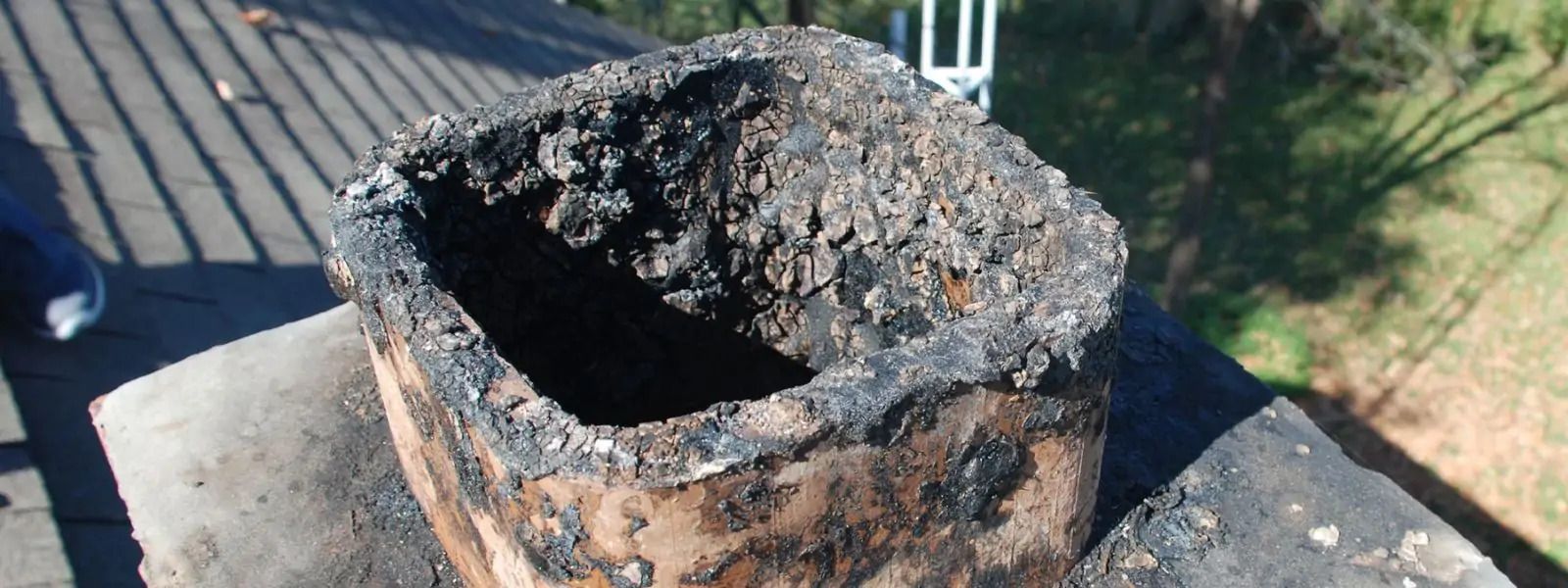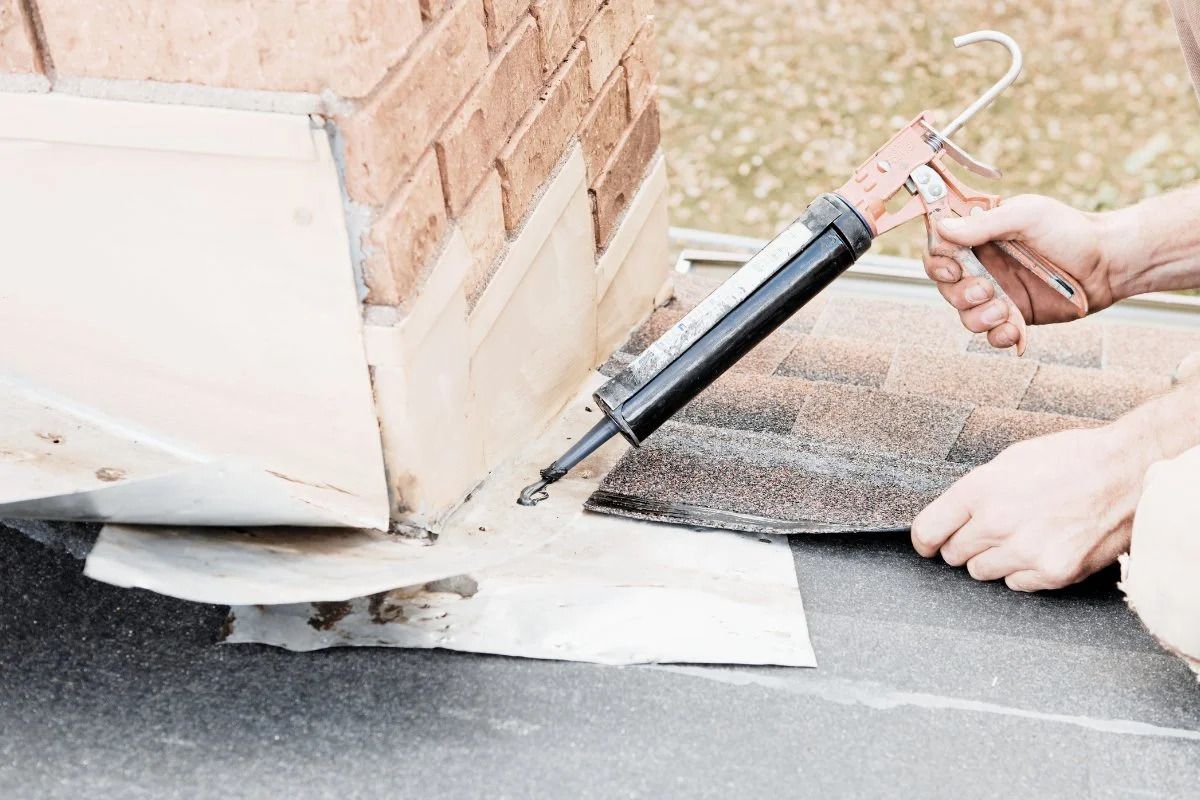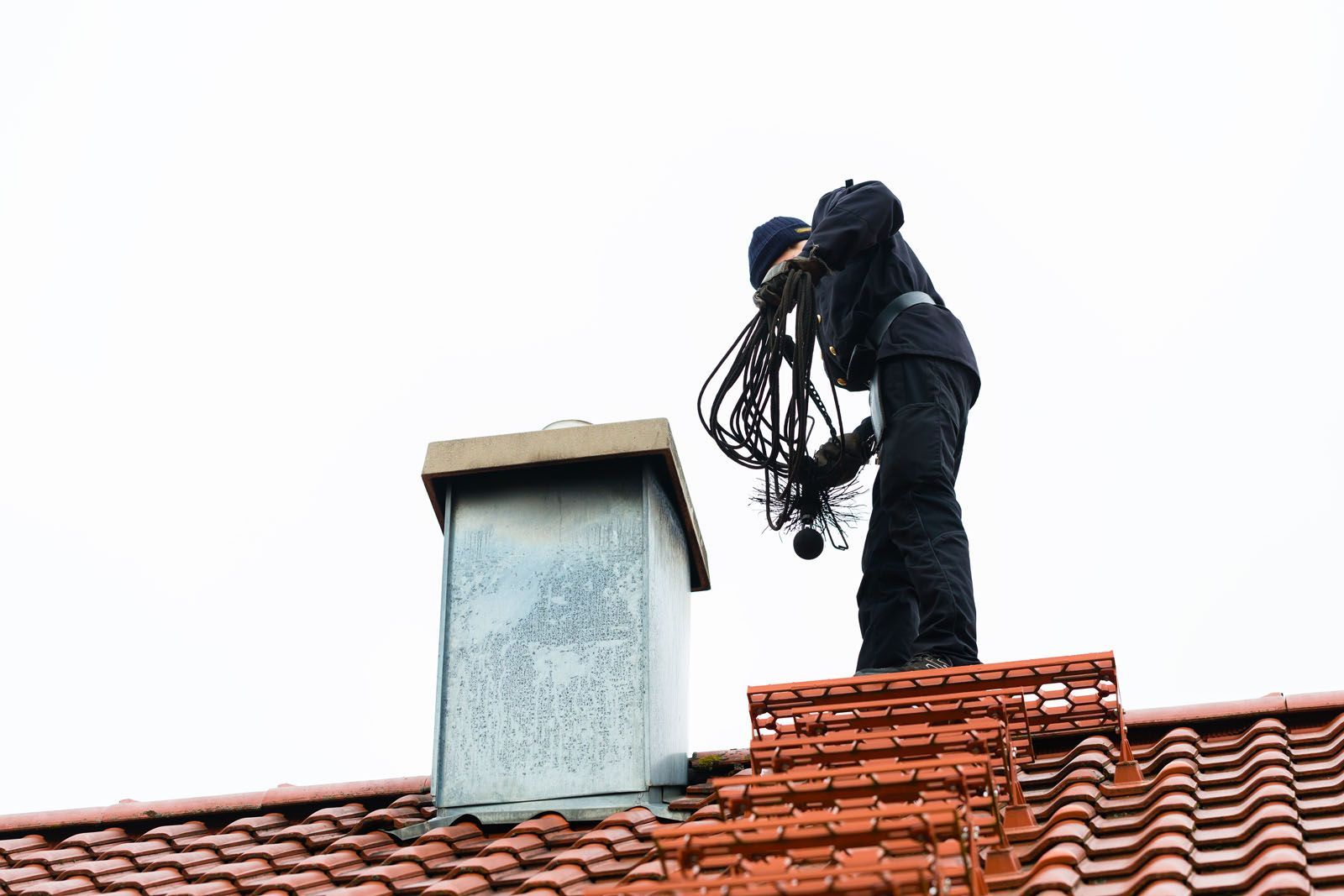How Chimney Waterproofing and Tuckpointing Work Together to Safeguard Your Home
As a homeowner, I know how important it is to keep my home in top-notch condition. One often overlooked, yet crucial, aspect of home maintenance is the care and protection of my chimney. Often, the very structure that helps keep my family warm and cozy can also be a source of concern if not properly maintained. That's where chimney waterproofing and tuckpointing come into play.
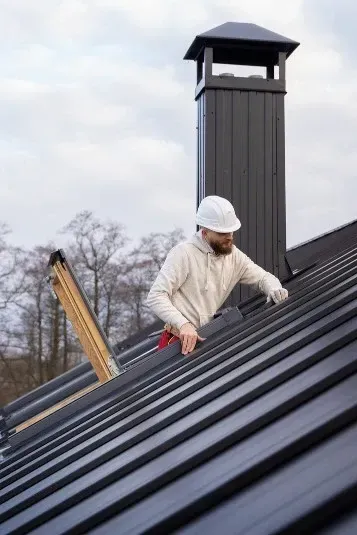
Top Benefits of Chimney Waterproofing and Tuckpointing for Long-Term Protection
My chimney is exposed to the elements day in and day out, which can lead to a whole host of issues if I don't stay on top of it. Fortunately, by combining the power of waterproofing and tuckpointing, I can protect my chimney and ensure it remains in tip-top shape for years to come.
Prevent Water Damage
Water is the enemy of chimneys, as it can seep in through cracks and gaps, leading to costly repairs down the line. Waterproofing creates an impenetrable barrier that keeps moisture at bay, while tuckpointing seals any existing cracks to prevent further water intrusion.
Increase Chimney Lifespan
By shielding my chimney from the damaging effects of water, I'm able to extend its lifespan significantly. Waterproofing and tuckpointing work together to preserve the structural integrity of the chimney, ensuring it remains a reliable and safe part of my home for many years.
Improve Structural Integrity
Speaking of structural integrity, water damage can wreak havoc on the bricks and mortar of my chimney, compromising its stability over time. Waterproofing and tuckpointing help maintain the strength and durability of my chimney, giving me peace of mind that it will continue to stand tall and strong.
Enhance Aesthetic Appeal
Let's be honest, a weathered, crumbling chimney is not exactly a sight for sore eyes. By keeping my chimney well-maintained through waterproofing and tuckpointing, I can enhance the overall curb appeal of my home and even increase its value should I ever decide to sell.
Is Your Chimney Leaking? How Waterproofing and Tuckpointing Can Help
As a homeowner, I know all too well the frustration of a leaky chimney. Water leaks can cause a whole host of problems, from unsightly stains and mold growth to more serious structural issues. But with the help of waterproofing and tuckpointing, I can address the root cause of these leaks and prevent them from happening in the first place.
Signs of a Leaking Chimney
I keep an eye out for telltale signs of a leaking chimney, such as water stains on the ceiling or walls near the chimney, damp or crumbling bricks, and any musty odors wafting from the fireplace. These are all clear indicators that it's time to take action.
Causes of Chimney Leaks
Chimney leaks can be caused by a variety of factors, including cracks in the mortar, gaps around the flashing, and even worn-down or damaged waterproofing sealant. By addressing these issues through tuckpointing and waterproofing, I can effectively stop the leaks and prevent any further water damage.
Waterproofing Solutions for Leaking Chimneys
Waterproofing is a crucial step in addressing chimney leaks, as it creates a barrier that blocks water from seeping in. I can choose from a range of waterproofing products, such as silicone-based sealants or liquid-applied membranes, to find the perfect solution for my chimney's needs.
Tuckpointing to Seal Cracks and Gaps
Tuckpointing, the process of repairing and replacing damaged mortar, is an essential companion to waterproofing. By addressing any cracks or gaps in the brickwork, I can ensure that my chimney remains watertight and structurally sound.
Protecting Your Chimney: The Role of Tuckpointing and Waterproofing
Maintaining the integrity of my chimney is crucial, not just for the aesthetics of my home, but for the safety and well-being of my family. That's why I make it a point to understand the importance of tuckpointing and waterproofing in keeping my chimney in top-notch condition.
Understanding Tuckpointing
Tuckpointing is the process of repairing and replacing the mortar between the bricks of my chimney. Over time, this mortar can deteriorate, leading to cracks and gaps that allow water to seep in. By addressing these issues through tuckpointing, I can ensure the structural stability of my chimney.
When is Tuckpointing Necessary?
I keep a close eye on my chimney, looking for signs that it's time for a tuckpointing job. This could include visible cracks in the mortar, flaking or crumbling bricks, or even water damage. By addressing these issues proactively, I can prevent more serious problems from arising down the line.
Waterproofing: The Key to Long-Term Chimney Protection
While tuckpointing is essential for sealing any existing cracks and gaps, waterproofing is the real MVP when it comes to protecting my chimney from the elements. By applying a specialized waterproofing sealant, I create an impenetrable barrier that keeps water at bay, ensuring my chimney remains in tip-top shape for years to come.
Combining Tuckpointing and Waterproofing for Maximum Effectiveness
By pairing tuckpointing and waterproofing, I'm able to achieve the ultimate in chimney protection. Tuckpointing addresses any structural issues, while waterproofing prevents future water damage. It's a one-two punch that ensures my chimney remains a reliable and safe part of my home.
A Complete Guide to Chimney Waterproofing and Tuckpointing for Homeowners
As a homeowner, I know that tackling chimney maintenance can seem like a daunting task, but with the right information and guidance, it becomes much more manageable. That's why I'm here to share a complete guide to chimney waterproofing and tuckpointing, so you can take charge of your home's protection.
Step-by-Step Waterproofing Process
Waterproofing my chimney typically involves a multi-step process. First, I make sure the surface is clean and free of any debris or loose material. Next, I apply a specialized waterproofing sealant, carefully following the manufacturer's instructions to ensure proper coverage and adhesion. Finally, I wait for the sealant to cure, and I'm good to go!
Choosing the Right Waterproofing Materials
When it comes to waterproofing my chimney, I don't just grab the first product I see. I take the time to research and compare different waterproofing options, looking for ones that are specifically formulated for use on chimneys. This ensures I get the best possible protection for my investment.
Tuckpointing Techniques and Best Practices
Tuckpointing my chimney brickwork is a bit more involved, but with the right tools and techniques, it's a manageable task. I start by carefully removing any damaged or crumbling mortar, then apply a new, high-quality mortar mix, ensuring a tight, seamless fit between the bricks.
Maintaining Your Waterproofed and Tuckpointed Chimney
Of course, the work doesn't end once the waterproofing and tuckpointing is complete. I make it a point to regularly inspect my chimney, looking for any signs of wear or damage, and addressing them promptly. This helps me stay ahead of any issues and keep my chimney in top condition for years to come.
Frequently Asked Questions
How often should I have my chimney waterproofed and tuckpointed?
As a general rule of thumb, I recommend having your chimney waterproofed and tuckpointed every 5-10 years, depending on the age and condition of your chimney. Regular inspections can help you determine the optimal timing for these maintenance tasks.
Can I do chimney waterproofing and tuckpointing myself?
While it is possible to tackle these projects as a DIY homeowner, I would caution against it unless you have prior experience. Chimney work can be quite complex and requires specialized tools and techniques. For best results, I suggest hiring a professional chimney service contractor.
How much does chimney waterproofing and tuckpointing cost?
The cost of chimney waterproofing and tuckpointing can vary widely depending on the size and condition of your chimney, as well as the location and the specific contractor you choose to work with. On average, you can expect to pay between $500 and $2,000 for these services.
How long does the process take?
The timeline for chimney waterproofing and tuckpointing can also vary, but generally, you can expect the work to be completed within 1-3 days, depending on the scope of the project. Keep in mind that the curing time for the waterproofing sealant may add an additional day or two to the overall timeline.
Conclusion
Protecting my chimney is an essential part of maintaining the overall health and longevity of my home. By combining the power of waterproofing and tuckpointing, I can safeguard my chimney from the damaging effects of water and ensure it remains a reliable and safe part of my property for years to come.
Remember, a well-maintained chimney not only enhances the aesthetic appeal of your home but also plays a crucial role in keeping your family warm and cozy during the colder months. So, don't wait until it's too late – take proactive steps to care for your chimney and enjoy the peace of mind that comes with knowing your home is secure. Contact us now to keep your chimney in Top Shape

